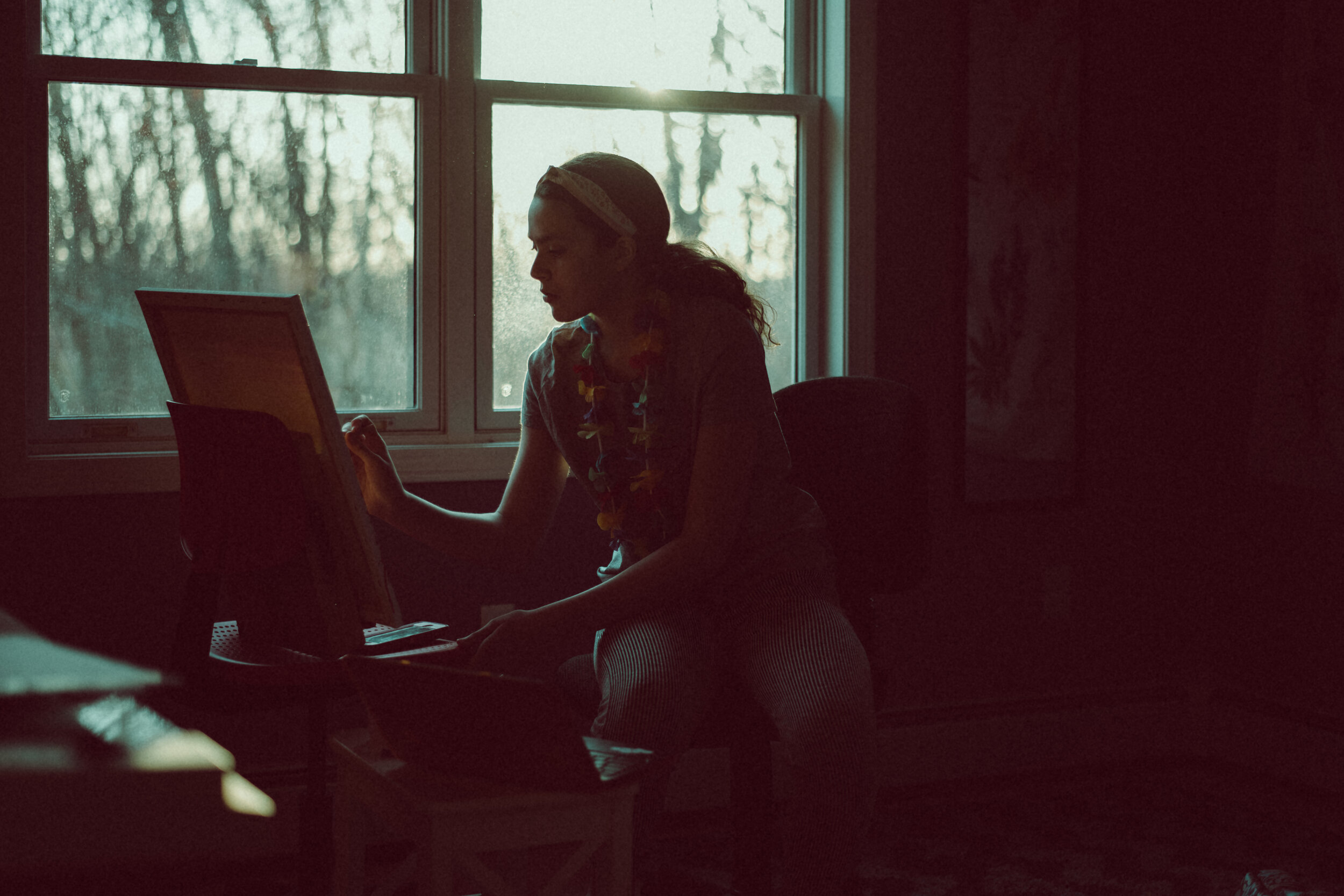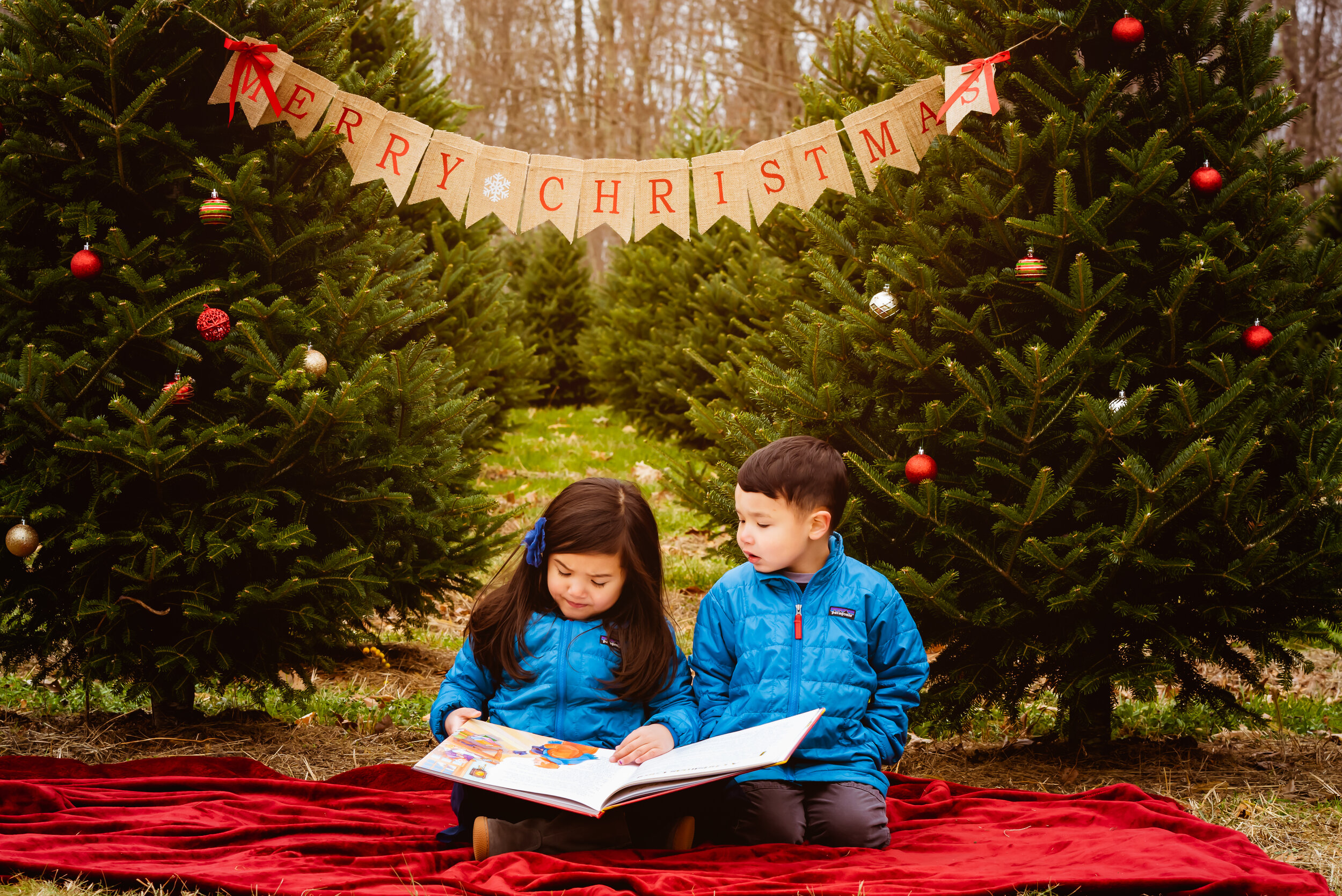2. Semi-professional DSLR - If you see yourself outgrowing an entry a DSLR then a semi professional DSLR might be the right option for you. Once I outgrew my entry DSLR, I purchased a Nikon D750. This is an excellent camera that will allow you to take excellent pictures in all kind of situations. For Canon, a comparable camera to the Nikon D750 would be the Canon 5d Mark IV
But you might wonder, what are the differences between an entry DSLR or a semipro. When purchasing a camera, it is important to look at their specs. These include:
Sensor. There are different types of sensors. The two main types of sensors are APS-C and Full Frame. A full frame sensor is the size of 35mm film and an APS-C sensor is cropped which means that the available area is smaller. With a full frame camera you can capture more of the scene. This is specially helpful when taking landscape pictures. It also captures more detailed pictures and it performs better in low light situations. The Nikon D3500 has an APS-C sensor while the Nikon D750 has a full frame sensor.
Megapixels. The more megapixels in a camera the more details you will be able to preserve when enlarging your pictures. Cameras with 20 megapixels or more will allow you to enlarge your pictures beyond an 8x10. But the more megapixels the camera has, the larger the files will be. The Nikon Z7 (this is a mirroless camera) has 45.7 megapixels vs a Nikon D750 which has 24.3. The Nikon Z7 produces files larger than 20MB. I photograph weddings with the Nikon D750 and the quality is superb.
ISO Range. What is ISO? The ISO refers to the sensitivity of the sensor towards light. Many of today’s cameras have very high ISOs (i.e. 25000) that allows the camera to take great images under low light situations. But higher ISO also introduces noise to the images. So usually you want to keep your ISO as low as possible to avoid noise, but if you have to choose between a well exposed picture with noise vs an underexposed picture without noise always choose the settings that will give you the well exposed picture. Sometimes, the exposure (how bright or dark the picture is) can be adjusted in post processing, but if the picture is too dark or too bright you take the risk of losing details in those very dark and bright areas and they can’t be recovered.
Video. Most cameras now have the ability to record video with resolution of 4k and there are some cameras that can reach resolutions of up to 6k.
Image Stabilization. This feature compensates camera shaking. Most DSLRs don’t have image stabilization in their body. Instead, many lenses come with this feature. Mirrorless cameras tend to have in body camera stabilization.
All these factors, along with size, weight, and ergonomics, are very important when choosing your new camera. Feel free to post in the comments any questions and let me know which camera did you end up buying.
*This is part 1 of a series of posts for those that will like to learn photography and start moving from auto to manual mode.
Disclaimer: This post contains affiliate links which means that I will make a small commission at no extra cost to you if you click on the link and buy something. All my recommendations are based on my own experience and that of fellow photographers that have shared their opinions with me. I only write about products that I believe in.






























































